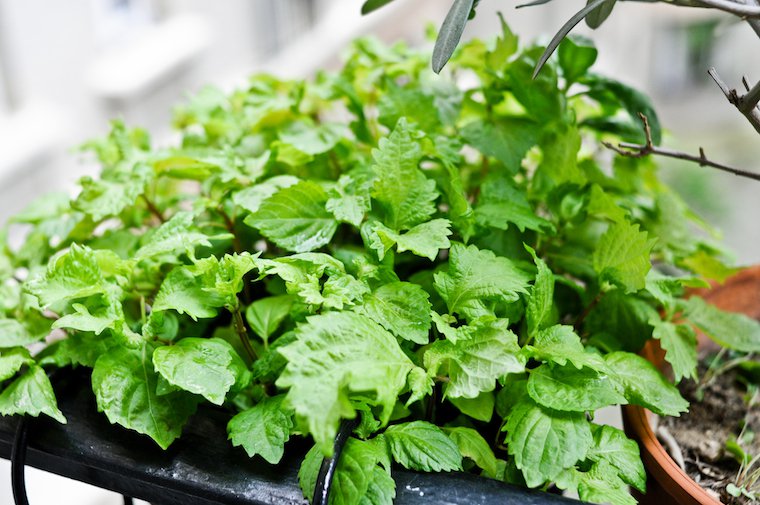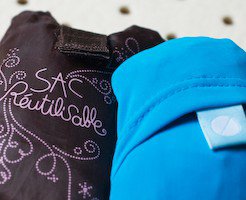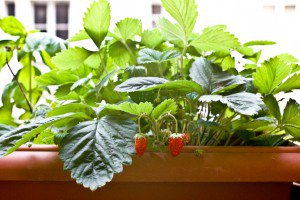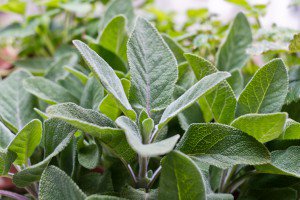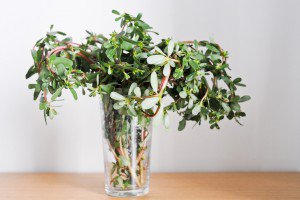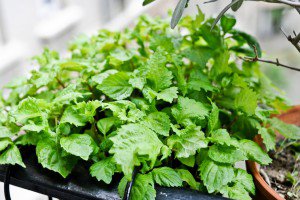For my Earth Day post last week, I partnered with Eva from flip & tumble and asked you to help plant trees in Malawi, and to submit your best green tips for a chance to win a reusable shopping bag.
 Some 500 tree-planting comments were submitted. Eva and I had planned to have two trees planted per comment, but then we got excited and decided to double the stakes, and in the end each of us funded the planting of two trees per comment. Congratulations and thank you! You have effectively helped plant 2,000 trees, a combination of indigenous, exotic and fruit trees, in the Nkhata Bay District in Malawi. Let’s all make the wish that these saplings grow to be strong trees that thrive for decades.
Some 500 tree-planting comments were submitted. Eva and I had planned to have two trees planted per comment, but then we got excited and decided to double the stakes, and in the end each of us funded the planting of two trees per comment. Congratulations and thank you! You have effectively helped plant 2,000 trees, a combination of indigenous, exotic and fruit trees, in the Nkhata Bay District in Malawi. Let’s all make the wish that these saplings grow to be strong trees that thrive for decades.
As for the green tip contest, your response was overwhelmingly enthusiastic, and I received 288 submissions. Today, I am publishing the ten I picked to win a reusable shopping bag. I must say it’s been hard to choose the winners in such a wide-ranging collection of thoughtful, smart, and inspiring tips, and I am working on organizing the rest of them as a digest to share with you next.
See below for the ten green tips that win their submitters a flip & tumble bag (they should have received an email from me) and check back tomorrow for many more green kitchen tips.
See also: Tips for a Green Kitchen, Part II.
“My favorite cooking-related green tip is to cook! By cooking, you are less likely to pick up/take out something ‘convenient,’ which is likely to be less healthful and wrapped in more packaging.” (Rachel)
“My green tip: discover local edible plants. What did the people who lived in your corner of the world eat before the arrival of industrialized agriculture and supermarket chains? Since I started learning about local edibles such as dandelions, bear’s garlic, purslane, and stinging nettles, walks in the woods have become a lot more interesting. Some of these plants
have domesticated varieties that you can plant in your garden or in a container on your balcony. They have the advantage of being adapted to the local weather conditions and don’t require intensive care. Finally, be sure to educate others about what is out there — or seek out information from people who still know about native plants.” (Maureen)
“Not only do we use reusable grocery bags, but I made some mesh bags for our produce (see tutorial). Now we have even fewer plastic bags at home!” (Dana)
“I talk with people when I’m buying produce. I share ways of cooking things and ask others about what they are doing with an item. Sometimes people are throwing away a usable part because they don’t know how good it is. This helps build a community of ‘sharers’ and stimulates people to use what they bought — less waste and more support!” (Sillygirl)
“Look for chocolate bars that say ‘shade-grown’. Organic and fair trade are pretty common buzzwords, but I hear less about shade-grown chocolate. The key here is that shade-tolerant cocoa varieties can be grown underneath tree cover. No clear cutting of rain forest habitat necessary.” (Gail)
“Learn to cook with cast iron, be it enameled or simple cast iron. Not only does it transfer heat evenly and work wonderfully for stews and braised dishes, but it is quite environmentally friendly too. It lasts forever and doesn’t involve many of the metals and chemicals used in other kinds of cookware.” (Sarah)
“Make tea with loose leaf tea, which you then compost! No waste that way, just a rinsed French press or ball infuser.” (Neil)
“I use a lot of canned products (anchovies, tuna, sardines, stuffed grape leaves, etc.) that come packed in olive oil. Instead of discarding it, I save the olive oil in a small container in the fridge, and re-use it while cooking. Making vinaigrette is a good use for this flavor-infused oil. Not only is re-using the olive oil frugal, it prevents me from clogging up the kitchen sink and eventually contributing to the pollution of my local streams and rivers.” (Omar)
“Coffee grounds make great fertilizer for your garden; and if you’re living in a city-centre apartment, they can help your window box flourish, too! You can either sprinkle the grounds (cooled, please!) around the base of your plants, or mix into the soil if you’re creating a new window box/planter. Every time it rains or the plants are watered, nitrogen will be released into the soil, or you can add some coffee grounds to your watering can, and create instant liquid fertilizer.” (Catriona)
“Don’t get discouraged. Remember that becoming an environmentally conscious consumer involves making a lot of small lifestyle changes over time. Eventually it will come naturally.” (Katie)
See also: Tips for a Green Kitchen, Part II.


